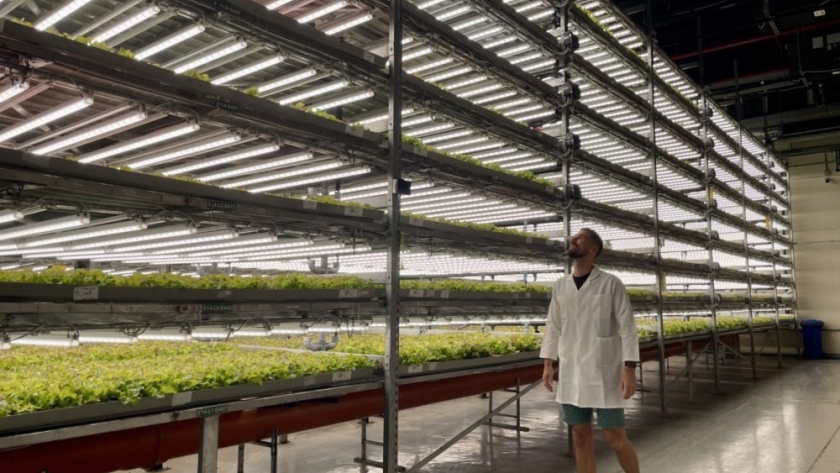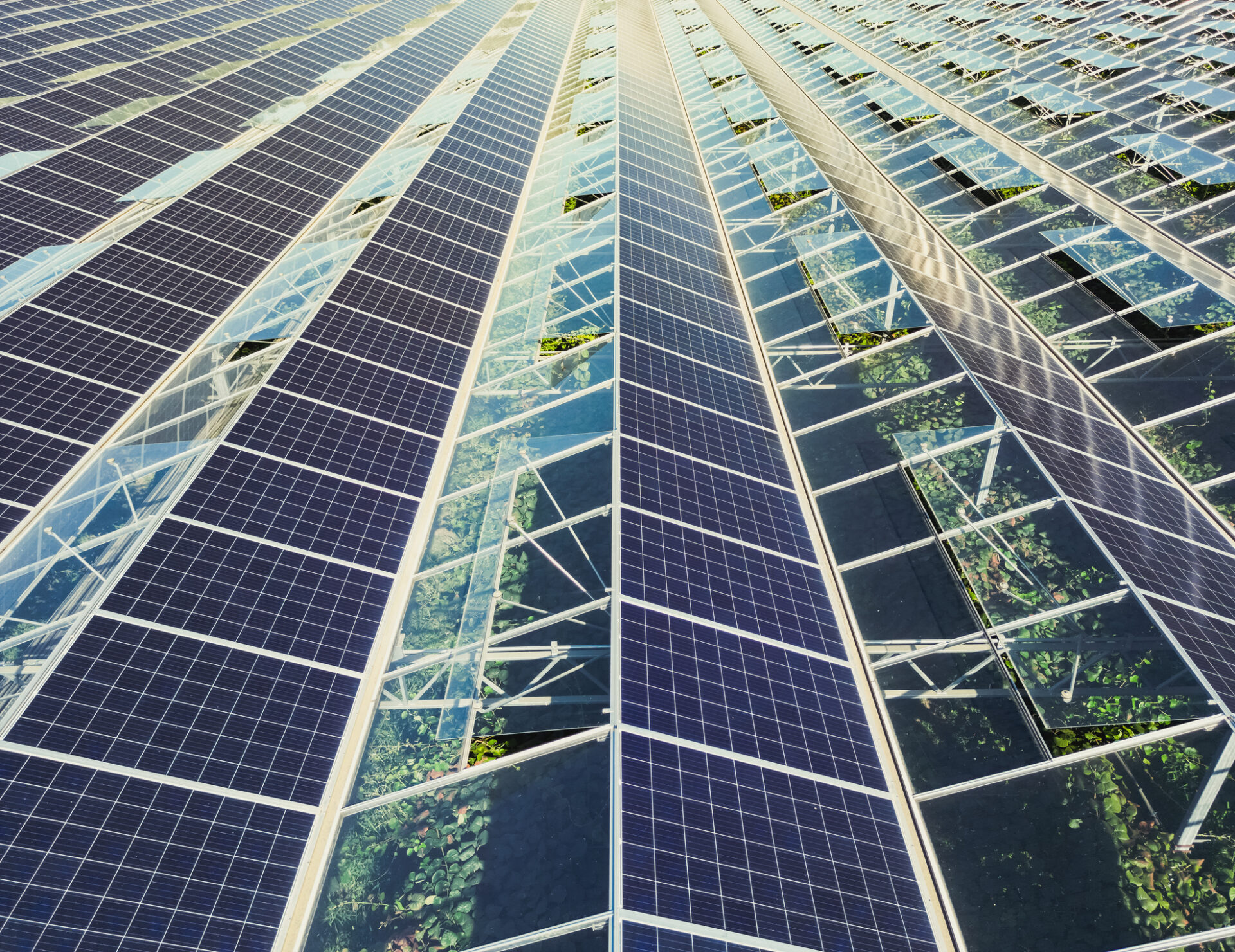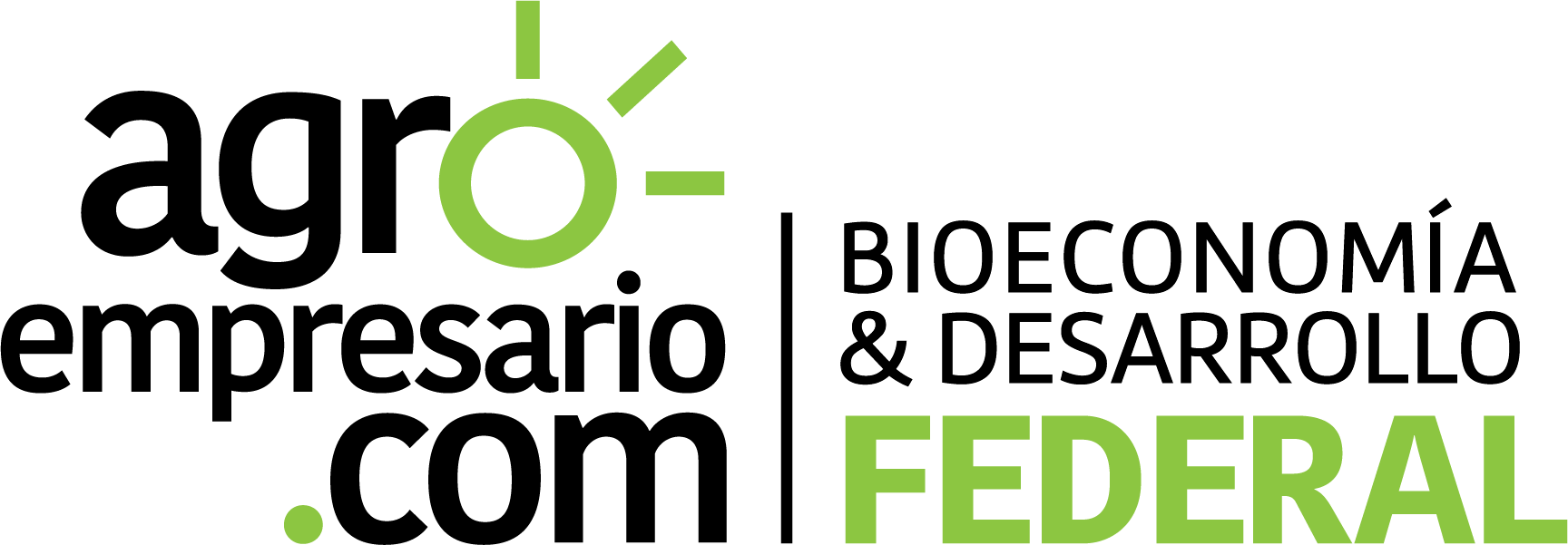
By Agroempresario.com
Controlled Environment Agriculture (CEA) is at a crucial juncture, according to the new report from the 2024 Global CEA Census, compiled by consultancy Agritecture and its partners CEAg World and Meister Media Worldwide. This year, the census focuses on technology adoption in the CEA industry and reveals that energy efficiency has become the top priority for growers in 2025.
The report highlights that while energy efficiency varies between farm types and operations, it has been a consistent challenge for the indoor farming industry. A growing number of high-profile companies have begun integrating renewable technologies, such as solar energy, into their operations. The census authors anticipate that this trend will continue as more growers seek technologies that reduce operational costs and support sustainability efforts.
CEA is a complicated business where reaching break-even is a challenge, let alone making a profit. Therefore, cost-cutting becomes essential to ensure future success. “Trimming this expense category will help ensure future success,” notes the report.
Despite the majority of respondents not currently using renewable energy technologies in their operations, many are considering doing so in the future. Others are purchasing green energy and/or offsets, showcasing “a growing awareness of environmental impact.”
For those growers already utilizing renewable energy, solar is by far the most common type. In Asia, 45% of respondents reported using solar power, while in North America, 25% have adopted this energy source. “This aligns with the growing interest in agrivoltaics, a practice that integrates solar panels with agricultural production, allowing dual use of land for both energy and crop cultivation,” notes the report.
Agrivoltaics is gaining traction due to its ability to improve energy efficiency while providing additional revenue streams for farms, especially in regions with abundant sunlight. However, a smaller percentage of growers surveyed have adopted geothermal energy, and some are exploring options beyond geothermal or solar, such as hydropower.
Nonetheless, a “significant portion” of respondents indicated they are still using traditional energy sources in their operations, indicating that the industry is very much in the early stages of the energy transition.
The good news is that most growers recognize the importance of integrating renewable energy into their operations. According to the report, “a significant portion of growers see renewable energy as crucial for their long-term operational and sustainability goals.” They recognize the potential to reduce energy costs and environmental impact while aligning with advanced technology systems like IoT and automation.

However, the high cost of implementing renewable energy technologies is likely the biggest barrier for growers, who highlighted affordability in general as hampering their tech adoption. Some farms are also limited in terms of what their current infrastructure can support and work seamlessly with IoT, AI, and robotics. The prospect of significantly upgrading infrastructure brings growers back to the number one challenge for CEA in 2023: cost and affordability.
“The 2024 Global CEA Census isn’t just a report; it’s a call to action,” wrote Henry Gordon Smith, founder and CEO of Agritecture, on LinkedIn this week. “For farmers, it’s an opportunity to benchmark their operations and uncover new ways to grow smarter. For suppliers, it’s a roadmap for innovation to meet the evolving demands of the industry. And for policymakers, it’s a tool to understand how to best support a sector that is critical to the future of food production.”
First and foremost, indoor growers want technology that can assist with climate control, which impacts environmental factors such as humidity, temperature, CO2 levels, and airflow—all critical factors for plant growth. “Climate control technologies help maintain consistent growing conditions that are tailored to the specific needs of the crops being cultivated,” notes the report.
Maintaining optimal climate conditions directly impacts plant health, growth rates, and yields, making it a key factor in maximizing efficiency.
Another critical area for technology investment is lighting control, as tailoring LED and lighting systems to crop type can minimize energy waste and help reduce costs. “Many lighting control systems can also be programmed with electricity cost information, allowing the controllers to optimize lighting not only for plant growth but also to reduce energy expenditures.”
